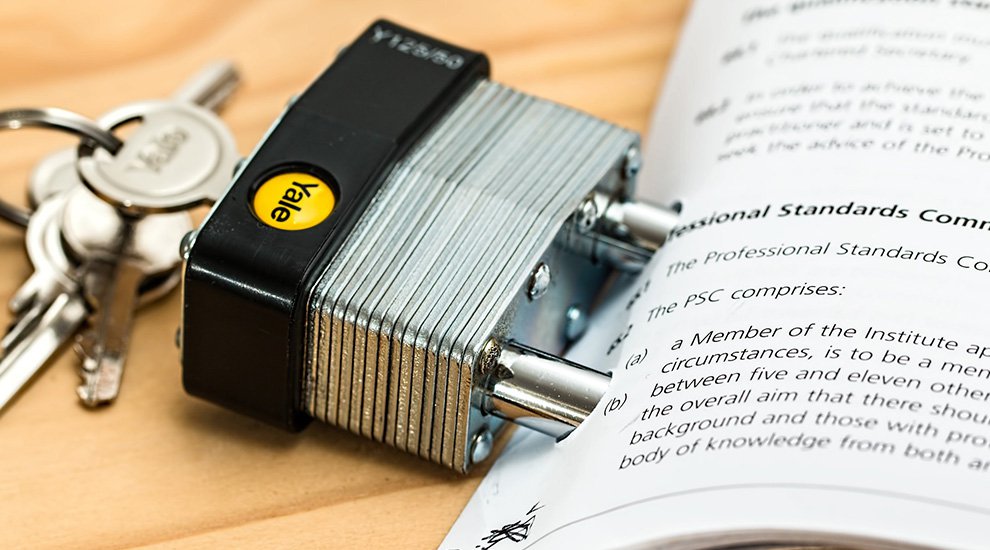MIT Media Lab Releases Code for Digital Certificates on the Blockchain
The MIT Media Lab‘s Learning Initiative and Learning Machine have released the first version of an open-source project that builds an ecosystem for creating, sharing and verifying blockchain-based educational credentials. The project represents the first step in a broader undertaking that is focused on creating new technologies and collaborating to evolve standards that lift the entire ecosystem.
The MIT Media Lab’s Learning Initiative integrates learning-related projects across different research groups, develops new technologies for creative learning, and uses the Media Lab as a platform for new conversations about learning. Learning Machine is a provider of enterprise software for higher education with products to manage recruitment, enrollment, portfolio review, faculty hiring and credentialing.
“The goal of our collaboration with the MIT Media Lab is to empower individuals with shareable credentials that can be used peer-to-peer and verified as authentic,” said Chris Jagers, co-founder and CEO of Learning Machine. “The current system for sharing official records is slow, complicated, expensive and broken for everyone in a myriad of ways. The first generation of students to grow up entirely during the internet age have started applying for college, and many admissions officers can share stories about applicants trying to text photos of their academic records. The expectation, while seemingly humorous, conveys an honest impression about the way things should work. It should be that easy for people to share certified records directly with others and have them trusted as authentic.”
Certificates registered on the blockchain allow schools and employers to issue digital proof of membership, achievement or completion in a shareable format, which students can use when applying for work or further education. The open standard technology developed by Learning Machine and the MIT Media Lab permits cryptographically placing documents on the public blockchain along with a certificate viewer. An open-source version of the technology has been released under the MIT license, and a commercial version is available from Learning Machine.
“Blockchain verification flips the current power arrangement in higher education by giving learners control over their official documents,” said Learning Machine President and COO Dan Hughes. “Today, most evidence of achievement is bottled up in a proprietary information system or stored unofficially on a piece of paper framed on a wall or lost in a box in the garage. Jailbreaking the credential is about every learner being able to directly see and share verified evidence of what they have achieved. A curated view of one’s achievements, shared at whatever level of granularity is appropriate, puts the learner’s privacy and self-expression on equal footing with institutional demand for proof.”
In an October 2015 post titled “Certificates, Reputation, and the Blockchain” J. Philipp Schmidt, director of Learning Innovation at the MIT Media Lab, explained the lab’s high level thinking about digital certificates, and why they are important.
“[We] need an open platform for digital certificates and reputation,” said Schmidt. “Using the blockchain and strong cryptography, it is now possible to create a certification infrastructure that puts us in control of the full record of our achievements and accomplishments. It will allow us to share a digital degree with an employer while giving the employer complete trust that the degree was in fact issued to the person presenting it.”
A new MIT Media Lab post co-authored by Schmidt, titled “What We Learned from Designing an Academic Certificates System on the Blockchain,” provides a detailed explanation of the system’s technical design, implementation and planned evolution. The first version of the code has been released under the MIT open-source license, and is available on Github. The project page at MIT includes links to the source code, documentation and discussion.
“Many of the most interesting challenges we encountered were not technical in nature, but they cannot easily be separated from the technology because small design decisions can fundamentally shape behavior,” notes the MIT post. “That is why we have taken small experimental steps, tested our system with actual users and continue to make changes based on what we are learning. The blockchain is a relatively new technology and its complexity and immutability make it even more important to carefully consider the long-term effects of design decisions.”
The developers emphasize that version 1 of the software is intended as a useful starting point for other researchers and experimental projects. For institutions looking to roll out digital credential systems, the developers recommend waiting for version 2, which will be fundamentally redesigned. Version 2 and future versions will be released under the same MIT open-source license.
It’s worth noting that the MIT Media Lab has become a central Bitcoin hub and assumed a de facto leadership in Bitcoin technical development, and the digital certificates project is based on the public Bitcoin blockchain (as opposed to Ethereum, a new blockchain, or one of the surviving altcoins).
“Bitcoin has been the most tested and reliable blockchain to date; in addition, the relatively robust self-interest of miners, and the financial investment made into Bitcoin (and Bitcoin-related companies) make it likely that it will be around for a good while longer,” reads the new MIT Media Lab post.
The post MIT Media Lab Releases Code for Digital Certificates on the Blockchain appeared first on Bitcoin Magazine.



